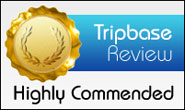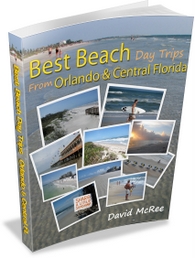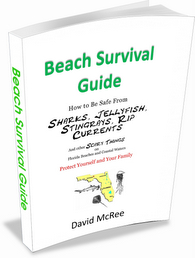
Sarah and Merrill, volunteer Shorebird Stewards for Charlotte County, walk along Palm Island beach, stopping to educated people about the shorebird nesting areas roped off on the upper beach.
As I was exploring Palm Island beach on Stump Pass on Monday morning, two friendly volunteer Shorebird Stewards, Sarah and Merrill, came over and talked to me about the nesting areas that were being monitored and protected by Charlotte County and numerous volunteers. They were walking the beach to educate the public.
Many of our beautiful shorebirds nest directly on the beach–the same beach that people like to play on–so we have to learn to respect the needs of the birds if we want to continue to have birds.
Gulls, terns, Black skimmers, plovers, oystercatchers and sandpipers nest right on the beach. They don’t build a nest out of twigs. They just scoop out a little depression in the sand and lay their eggs right there on the beach. As you can imagine, they are vulnerable to dogs, cats, raccoons, armadillos and other birds.
When birds are disturbed, two things happen. First, their eggs are unprotected from the sun and from predators while the bird is in flight, and second, the bird uses up valuable calories it needs for strength. Nesting birds do not have the luxury of being able to hunt for food all day as usual. So they need to conserve their energy as much as possible. Birds have a very high metabolism and require a lot of energy to stay alive.
Give nesting birds a wide buffer. Don’t approach too closely or they’ll get spooked and leave the nest. And never allow dogs on the beach within sight of nesting birds.
While out on the beach I also met Missy Christie of Charlotte County’s Environmental and Extension Services. Missy was out on the beach to investigate a report of an injured bird. She was accompanied by two representatives of the Natural Resources Conservation Service who were doing a study on invasive plant species. They took time out to show me a rare Snowy Plover on the nest.
We could not approach too closely but I managed to zoom in and get a servicable photo of the Snowy plover sitting on her eggs. Chicks were expected to hatch out any day. According to an article on the Tampa Bay Soundings website, less than 50 nesting pairs exist along the peninsular Gulf coast of Florida, while about 130 pairs exist along the panhandle beaches.
How do you know if you are too close to nesting birds? If they start to get up off their nest and move around, or if they start to take flight, you are too close. If you see areas marked off with string and stakes, keep a considerable distance, even if you don’t see any birds. Keep an eye out for these restricted areas during the spring months.





